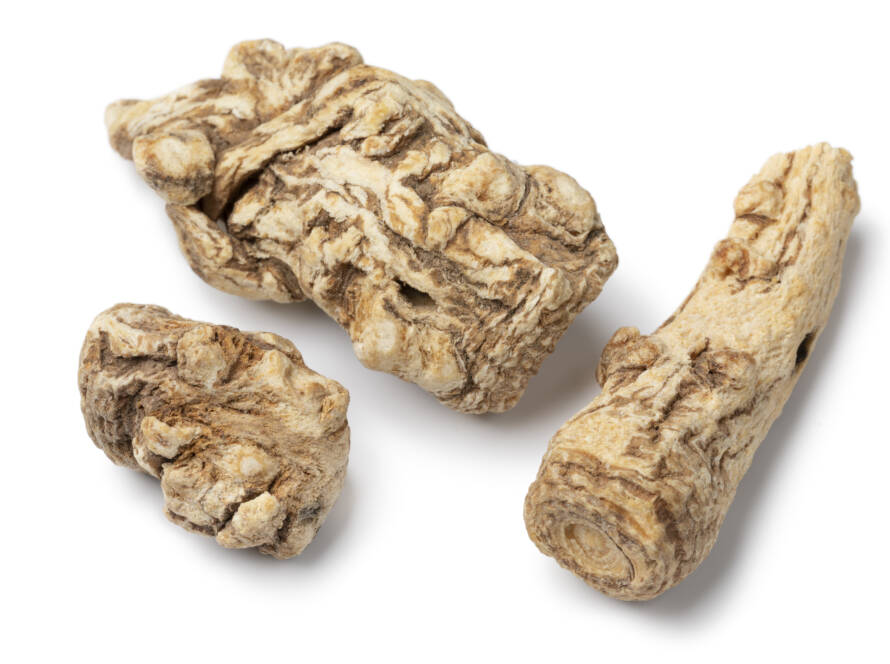Eucalyptus
Introduction
Eucalyptus is a plant native to Australia, now found in subtropical regions worldwide. Historically, it was used by Australian aborigines for medicinal purposes, particularly for treating fevers by extracting water from its roots and using its leaves.
Common Names
- Eucalyptus
- Tasmanian Blue Gum
- Southern Blue Gum
- Blue Gum
Latin Names
- Eucalyptus globulus
What It Is Used For
Eucalyptus is widely used in various remedies, including:
- Cough and Cold Treatments: These are commonly found in lozenges, cough syrups, rubs, and vapor baths. Herbalists recommend fresh leaves in teas and gargles for sore throats, bronchitis, and sinusitis.
- Congestion Relief: Eucalyptus leaf ointments are applied to the nose and chest. Eucalyptus oil is known to loosen phlegm, and inhaling its vapors can help with bronchitis, coughs, and flu.
- Aromatherapy: Due to its strong aroma, eucalyptus oil is sometimes used to revive fainted individuals like smelling salts. It is also suggested for treating bad breath due to its antiseptic properties.
How It Is Used
Eucalyptus’s medicinal properties come from its leaves and oil distilled from fresh leaves and branch tops.
What the Science Says
- Diabetes Treatment: Traditional uses of eucalyptus for diabetes have some scientific backing. Animal studies indicate that eucalyptus extracts may increase insulin production and lower blood sugar levels, suggesting potential as an adjunctive treatment for diabetes, though more research is needed.
- Respiratory Health: Germany’s Federal Institute for Drugs and Medical Devices recognizes eucalyptus leaf for treating respiratory tract catarrhs. Eucalyptus oil is approved for internal and external use for respiratory issues and rheumatic complaints, though this approval does not equate to FDA approval, which has stricter standards.
Side Effects and Cautions
Eucalyptus oil can be dangerous, especially for children, with only a few drops potentially causing life-threatening poisoning. Adults can experience poisoning from as little as 4 to 5 milliliters. Symptoms of overdose include drops in blood pressure, circulation issues, collapse, and asphyxiation. Emergency medical treatment is necessary in case of overdose.


